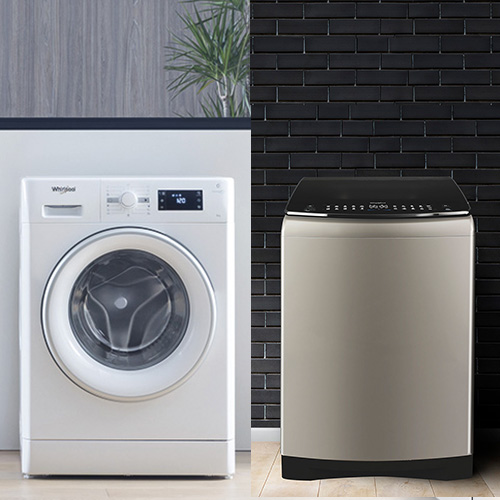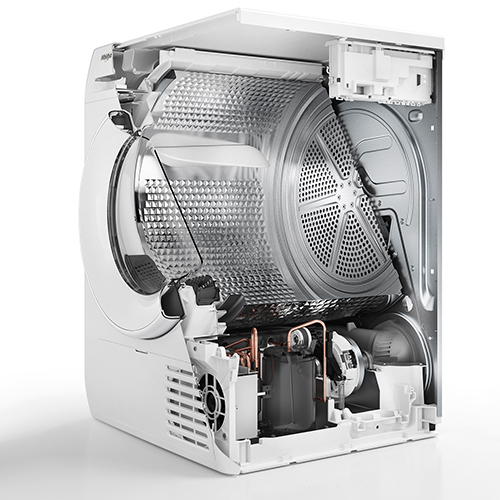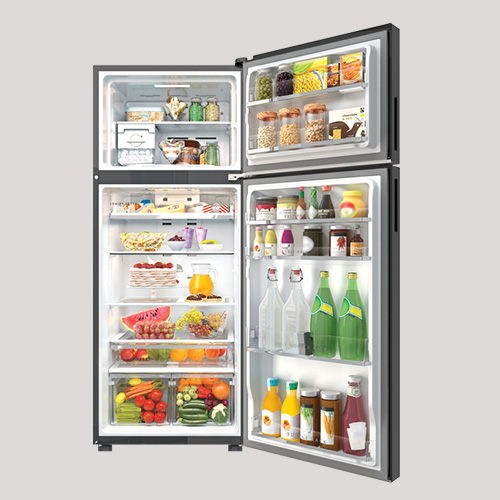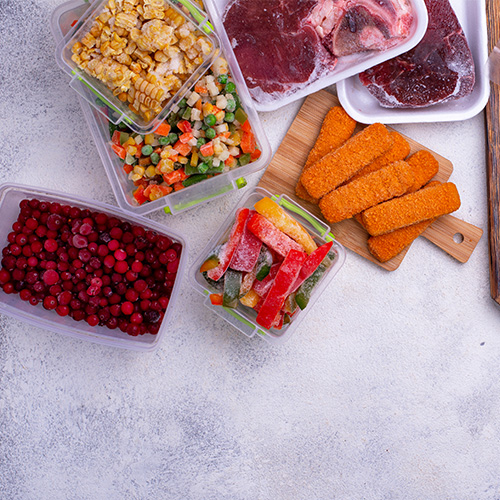By continuing your browsing of this website or closing this message, you consent to our use of cookies in accordance with our Privacy Policy unless you have disabled them.
More Information I AcceptFind out the benefits and features for your consideration.
Laundry is washed with a gentle tumbling motion, his reduces friction thus better care for garments. It is the best and most gentle care for delicates and woollen clothes.
Water is heated up for deep and hygienic clean. Washers with steam function provides sterilization effect.
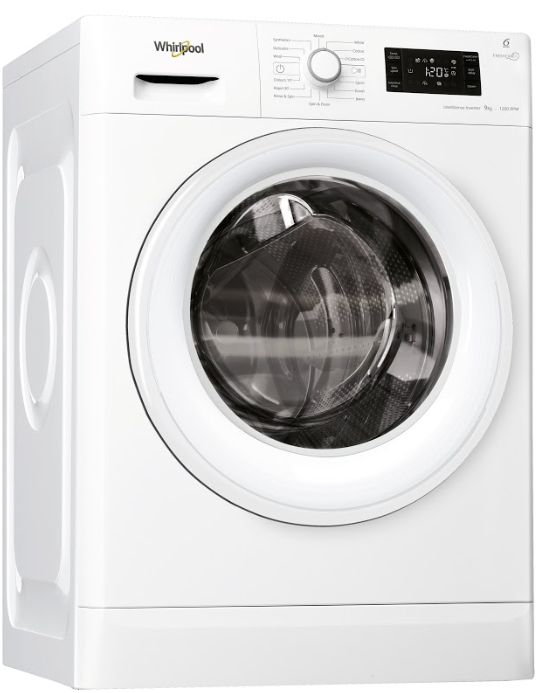
Front load washer uses less water and energy, saves on electricity cost in the long run.
Dryer can be easily stacked up on top of front load washer, with the help of stacking kit, thus space saving.
Front load washers with after cycle care, ex: Freshcare+ inject steam and periodical tumbling motion at the end of cycle to ensures bacteria-free, soft and fresh clothes for up to 6 hours after washing cycle ends
Comfortable loading, and add clothes at anytime during the washing cycle.
Top load washers have a larger capacity range suitable for big households.
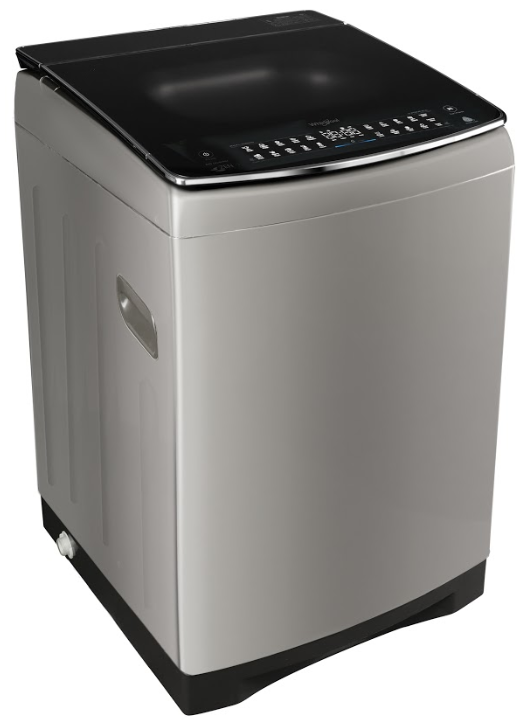
Top load washer generally takes less time in wash cycles, most washing programs can be completed in an hour, saving precious time.
With in-built heater, water is heated up to remove tough stains and provides sterilization effect for hygienic care.
Generally top load washers are less expensive to buy and less maintenance.


Exclusive Tips
Exclusive Tips
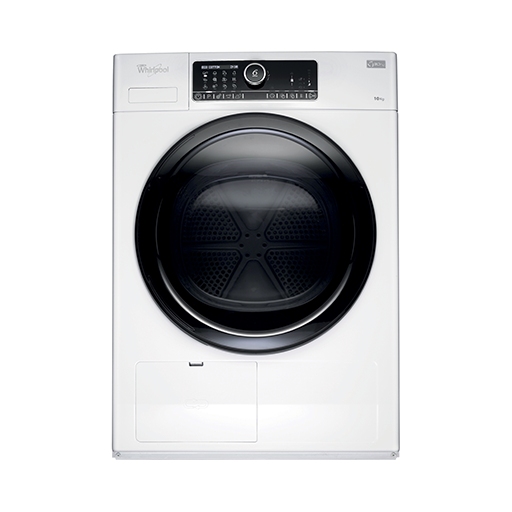
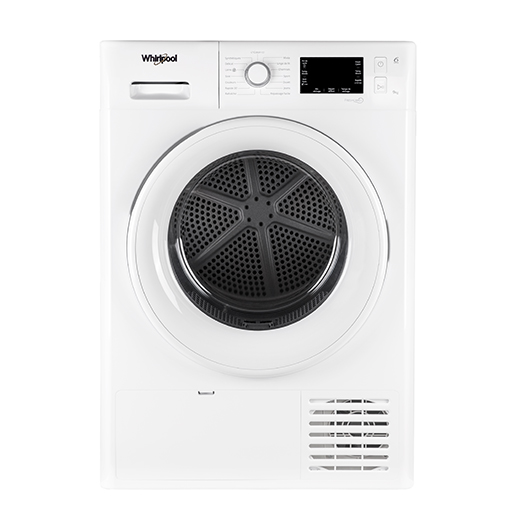
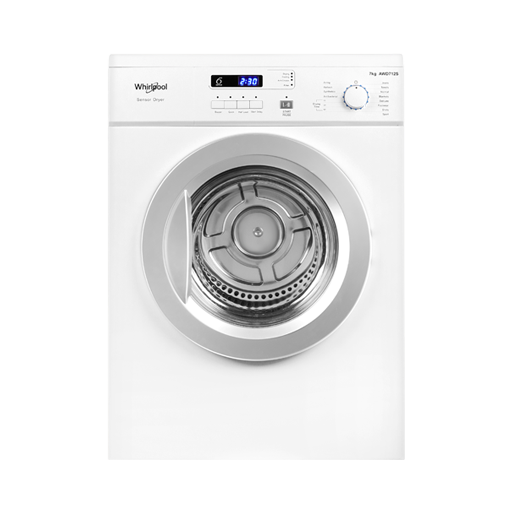
As the hot air is conveyed into the drum both from the back and from the 2 lifters, it creates the 3D airflow effect for an improved evenness of the heat and gentler distribution of the laundry.
Even bulky items such as bed linen, duvet are evenly dried with 6TH Sense 3Dry technology
6TH Sense 3Dry technology ensures that hot air is evenly distributed. Comparing to standard lifters which uses non-3Dry technology in which heat is not well distributed in the drum, resulting in some areas that can’t be reached by the heat. As a result, clothes are not dried evenly.
Always wanted a laundry dryer but afraid of the myths you’ve heard? Let’s look at some common myths and find out if they’re really true.

Look for dryers with a steam function! During 15 to 20 minutes of heated cycle, Whirlpool dryers inject steam onto fabrics without the need of adding water. This removes static, as well as wrinkles and odours.

If clothes are left in the dryer longer than it should be, that’s why it results in wrinkled clothes. Always unload clothes immediately after the drying cycle ends to prevent creases formed.
Tips: Freshcare+ dryer comes with heat control and tumbling action to prevent bacteria growth & crease formation for up to 6 hours after the drying cycle ends

Lack of moisture is what causes fabrics to shrink! Many dryers now have moisture sensors that will automatically shut off when the clothes are dry. Reading the clothing label to select the correct cycle is the best practice to care for your garments.
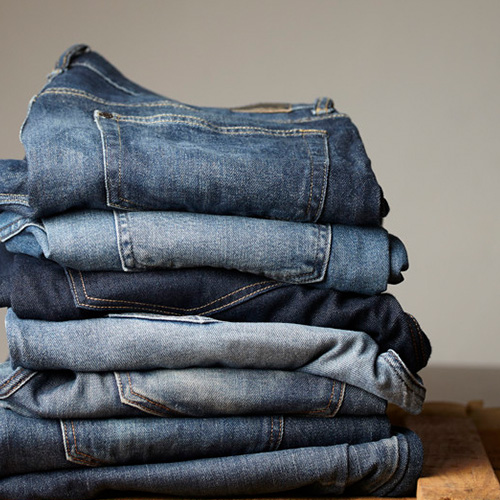
If your jeans are stretched out, a quick tumble in the dryer can help them regain their shape! Follow instructions on the care label and remove the jeans when they are slightly damp to prevent unwanted creasing.
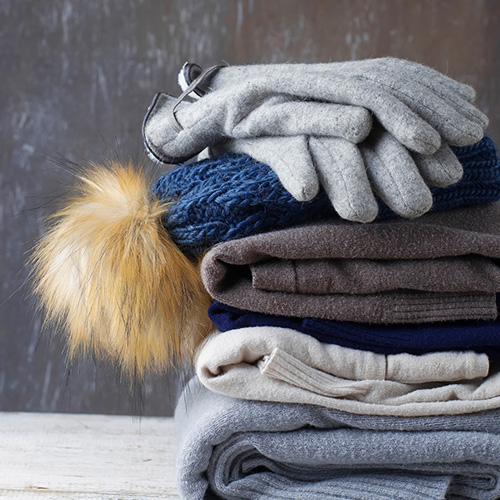
You can tumble silk and woollen fabric in Whirlpool dryers on low heat! Bespoke drying programs dries your delicate fabrics without destroying them.

Store your food at the right places to keep your food fresh for longer. Fruits and vegetables should be kept in separate crisper drawers as both have different moisture content and should not be mixed together. Milk should also not be stored in the fridge door because of temperature fluctuations every time you open it. Instead, store it in the middle shelf to optimize shelf life. Raw meat should ideally be kept in the bottom shelf to prevent food contamination.
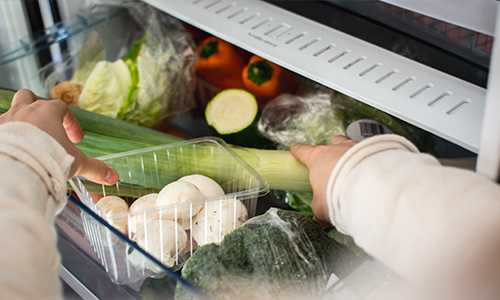
Before every grocery trip, make it a point to shift older food hiding at the back of your fridge to the front, so that you don’t end up eating any expired food or leftovers which you completely forgot.
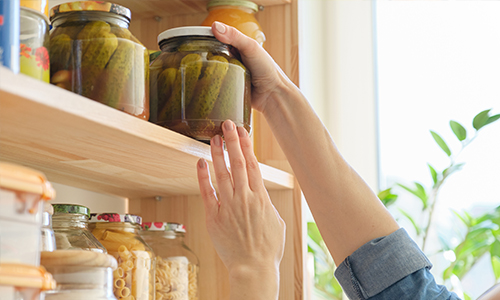
Transfer food from different packaging to containers of similar size and shape before placing them in your fridge. This way, you will be able to maximize storage space and make way for more food along the way.
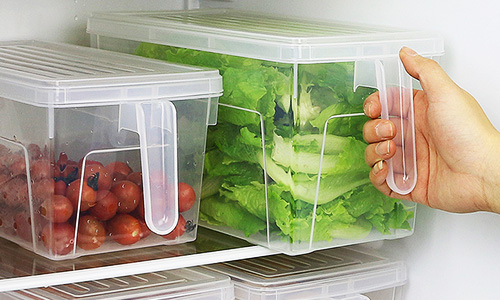
When you have too many groceries stored into even the furthest corner of your fridge, it's could be a hassle to try to find them. By using sliding bins means you can pull out sections of food in one quick movement and retrieve them easily.
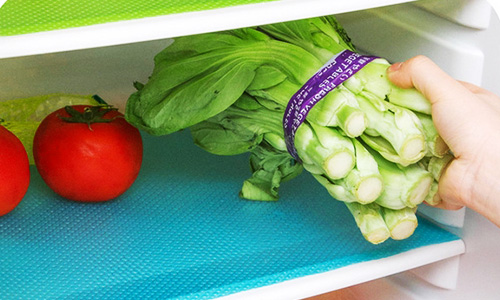
Keep your crisper drawers cleaner longer by placing a layer of paper towels at the bottom of the drawers before loading them with fruits and vegetables. The paper towels will collect little bits of broccoli or onion peels that tend to fall off over time. Replace them every 2-3 weeks to make cleaning a breeze in future.
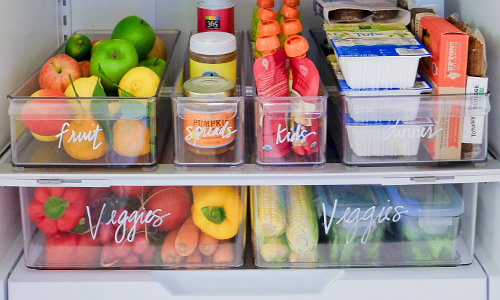
To keep things organized, keep similar items together in each door compartment or shelf and and label your food so that you can find them easily.
Can you freeze vegetables and other produce and still savor the same rich taste later? Freezing is a great way to extend the life of your food, especially perishable items so that you can reduce food wastages and still enjoy them at a later date. This helpful guide shows you how you can still land a nutritious meal on the dinner table every night.

Freshness and quality of the food at the time of freezing affects the condition of frozen foods. If foods are frozen at the peak of their quality, they emerge tasting better than foods frozen near the end of their freshness.
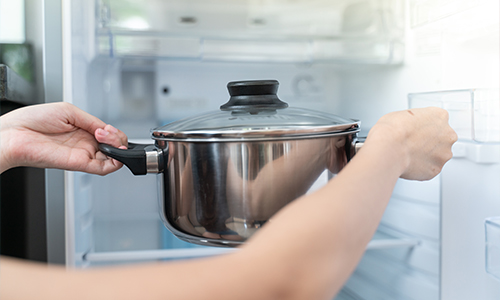
Cool your freshly cooked dishes first before freezing. Putting foods that are still warm in the freezer can raise the temperature, causing surrounding frozen items to defrost partially, which can alter the taste and texture of some foods.
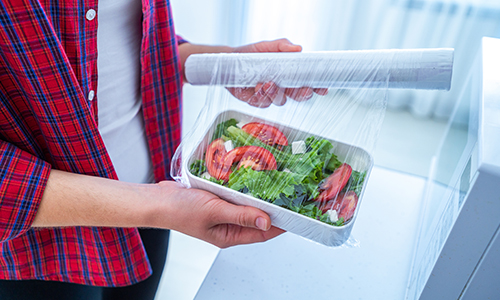
The easiest way to avoid freezer burn is by ensuring your food is wrapped as tightly as possible and have the most air removed as possible from the packaging. Storing foods in smaller servings will also help to freeze quickly.
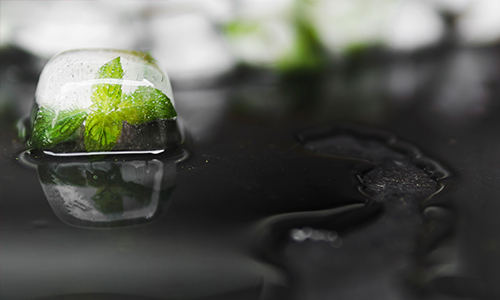
Defrost your food in the refrigerator or microwave. To avoid the risk of contamination, do not defrost your food at room temperature for more than 2 hours. Allow ample time (about 4-5hours) for the food to defrost in your refrigerator instead.
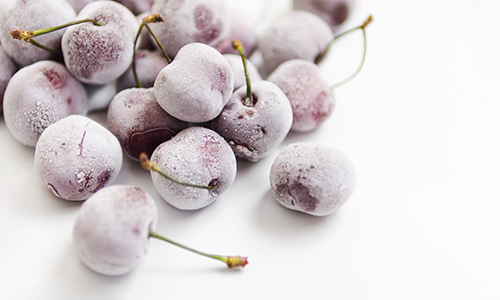
It’s often best not to refreeze thawed food because the process of freezing, thawing, and refreezing again degrades the texture, color, and taste of many foods and can make them less appetizing.
Learn these methods for freezing common fruits and vegetables so that you and your family can eat healthy all year long.

Spinach
Frozen spinach can last up to 14 months, steam blanch the greens for 2 minutes and then submerge in ice water for another 2 minutes. Blot dry to remove excess water, and then stuff them in sealed bags and simple pop them into your freezer.

Tomatoes
Tomatoes are one of the few items you can freeze without blanching. For full-size tomatoes, just core fruits and toss into zip lock bags — you don't even have to dip into boiling water to remove skins.

Mushrooms
To blanch, add mushrooms to steamer basket over boiling water. Steam whole mushrooms for about 3-4 minutes and cool mushrooms quickly by placing them in ice water for the same amount of time you steamed them. Strain, then place mushrooms in airtight bags or containers. For best flavor, use frozen steamed mushrooms within a year.

Lettuce
To freeze lettuce, separate leaves and wash well. Remove leaf bases as desired. Blot leaves dry with towels, and handle them gently. Slip dried leaves into zip lock bags and remove as much of the air as possible. Use frozen lettuce within six months for best quality.

Apples
Peel, core and slice apples. If you’ve got apples to freeze, but no plans for their use yet, this is the way to go. Once sliced, dip the apples in a bowl of water with a tablespoon of lemon juice to prevent browning. To prevent clumping, arrange slices on a plate with parchment paper and pre-freeze them for a few hours before bagging into zip lock bags.

Berries
To freeze berries, gently wash them in cold water and leave to dry awhile to remove any surface moisture. To avoid crushing the berries, place them in trays to freeze for at least 4 hours before transferring them to sealed bags. Frozen berries can last up to a year!

Grapes
Grapes need to be washed well before freezing and it’s important to cleanse the skins well. Remove grapes from stems before washing and drain and dry them before freezing. Place the grapes on a baking tray with parchment paper and quick freeze them. After they are frozen solid, pack them into zip lock bags and continue to freeze until you wish to eat them.

Meat
Cooked meats can be put in an airtight container and frozen for about 6 months. You can pull out the individual pieces of meat for portion control

Soup
Place in an airtight container and freeze for up to 6 months. Thaw completely and then reheat on the stove in a large pot.
Copyright 2019 @ Whirlpool Southeast Asia Pte. All Rights Reserved.
